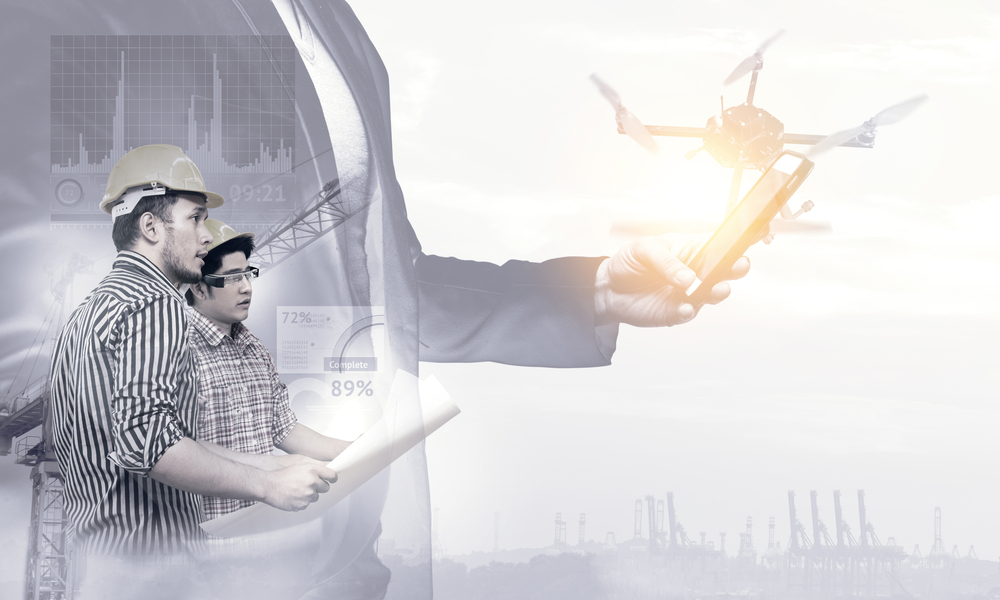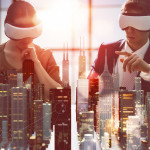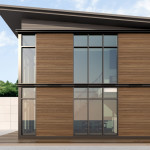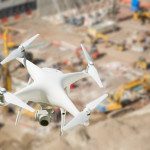News - Construction News
Combining AR and VR with cognitive technology

How combining AR and VR with cognitive technology can provide opportunities in manufacturing.
Digi Capital claims that not only the single phenomenon, but the double act of Virtual Reality (VR) and Augmented Reality (AR) will raise approximately $150Bn of revenue by the year 2020. With less than three years to go until that predicted date, businesses working in construction and manufacturing must consider how existing cognitive technology can provide solid grounding to integrate VR and AR technologies.
Maintaining the Unpredictable
The concept of cognitive technology has existed for decades, regardless of the misconception that it is a modern day buzz trend. In the marketing industry for example, data has been consistently analysed in order to target and engage specific customers. As an extension, predictive maintenance helps to provide a process in which software can interrogate, interpret and use data to identify when repairs or faults may be needed to save time and cut costs for businesses. These analytics promise the capture of crucial and often hidden data in real time. Combined with existing data from visual inspections, asset availability and service levels, the manufacturing industry can be aided effectively.
A notable example demonstrating its functionality would be the fitting of an irrigation system on a construction site. Whilst working on fitting water pipes into a new building, the installation of software can monitor and alert builders to any problems that may arise and help to prevent avoidable malfunctions such as leakages and flow blockage. In the long run, this is effective in preventing untimely delays resulting in lost time and effort, as well as financial implications.
Visual guidance and interactivity
With the UK ranked as the world’s ninth largest manufacturing nation, it is essential for individuals and companies in the industry to adopt the latest technologies in order to continue to grow and maintain quality output. Manufacturers prepared to stand out from the competition and embrace innovation, particularly those adopting predictive maintenance, must integrate AR and VR into their manufacturing processes to stay ahead of the game. Providing a visual platform to aid professionals and bring an interactive approach to manufacturing, AR and VR can provide opportunities to drive personal growth and innovation in the sector.
In the manufacturing process, the use of predictive maintenance and AR can work hand in hand. The former would identify issues that have arisen in the manufacturing process whilst the latter would allow another connected device, such as a mobile phone or tablet, to provide a visual representation of what the issue is, why it has happened and what solutions can be implemented. AR provides a platform that superimposes a computer-generated image on a user’s view of the real world. This could identify on a screen where a specific fault in a lighting, water or gas system is located, reducing time, effort and costs upon initial diagnosis and consequent management. Complementary to this, VR provides another layered dimension by allowing a user to perceptually integrate into an otherwise inaccessible environment. Through wearing mainstream headsets or an appropriately assimilated device, users can guide themselves through the cloned environment in real time with a magnified lens. Interactivity can enhance the depth and perception of their overall experience, as well as providing a stronger foundation of knowledge and understanding of the key figures within manufacturing.
Training and on-the-go monitoring
With that in mind, AR, VR and predictive maintenance may have the potential to form a technological powerhouse for training and on-the-go monitoring purposes. It is often considered that there is a lack of investment into the research and development aspects of manufacturing. However, technologies such as AR and VR can act as an extension to integrate into the busy lives that trainees and seasoned professionals are accustomed to.
VR can provide a physiologically secure, flexible and private environment for a professional to experiment with and design experiences for a range of purposes. For example, a trainee graduate entering the industry would be unqualified and inexperienced to work closely with sophisticated equipment in hazardous surroundings. By trialling a variety of skills in different contexts, the use of VR can benefit the developing workforce, combat an ageing population and continue to evolve a new generation of manufacturers who will deliver high-quality service.
AR can support this function too, allowing frequent travellers in global manufacturing companies and those unable to physically attend their workplace due to extraneous circumstances to provide value remotely. AR can expand on VR’s offering by propelling live imagery over current surroundings. This would create an on-the-go method of continual learning and development for manufacturers, as well as providing another dimension to the industry’s processes.
The future of manufacturing
The current landscape of VR and AR scopes further than using the technology for gaming purposes or for a novelty social media post. In fact, the consumer angle of these extensions of our reality should be seen as key tools that enhance knowledge and skills whilst simultaneously increasing productivity across key industries. By providing transparency, security and education, this combination of modern day technologies will continue to adapt and evolve, helping businesses innovate in the long term.
Article submitted by Mark Armstrong, Managing Director and Vice-President International Operations, EMEA & APJ at Progress.
If you would like to read more articles like this then please click here.
Related Articles
More News
- Building the next generation
17 Jul 25
We are facing a skills crossroads in our industry, says Richard Martin, Managing Director, Churngold
- Plan to kickstart onshore wind revolution
17 Jul 25
Onshore wind is set to accelerate over the second half of the decade.
- Homes England supports Greencore Homes with new sustainable homes
16 Jul 25
Homes England will provide funding to support the delivery of Milton Heights.






